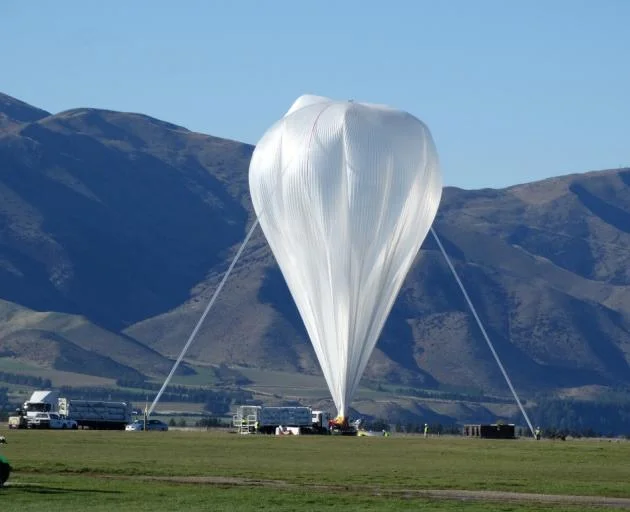
NASA’s Super-Pressure Balloon Completes Southern Hemisphere Trip, Paving Way for Future Atmospheric Research
NASA has achieved a significant milestone in atmospheric research with its super-pressure balloon, successfully circumnavigating the Southern Hemisphere in just 16 days. Launched from Wānaka, New Zealand, in mid-April 2025, this mission not only demonstrates the balloon's capacity for sustained flight at extreme altitudes but also highlights its potential as a cost-effective alternative to traditional rocket launches for long-duration scientific missions.
Unlike resource-intensive rockets, NASA's balloon technology offers an economic pathway for prolonged data collection. This breakthrough has captured global attention, underscoring both its scientific importance and technical prowess in reaching and maintaining high-altitude stability.

The primary goal of this mission was to validate the balloon's super-pressure technology, a crucial step for upcoming atmospheric and space explorations. Inflating to the size of a football stadium, the balloon quickly ascended to an altitude of 21 miles (33 kilometers) within two hours, confirming the system's resilience and effectiveness.
Despite an early termination due to a minor leak, the mission successfully met its core objective: validating the technology for extensive scientific applications. The balloon's consistent flight throughout varying atmospheric conditions will greatly inform future missions, enabling data collection over months or even years, offering a more affordable option than satellite-based systems.
A key component of the mission was the High-altitude Interferometer WIND experiment (HIWIND), which gathered vital data on atmospheric winds. This research is essential for enhancing our understanding of the ionosphere, a critical layer of Earth's atmosphere that significantly affects GPS and radio communications. This information helps scientists more accurately predict changes in the ionosphere, the charged region of our planet's atmosphere that affects GPS and radio communications.
Environmental considerations were carefully addressed throughout the mission. NASA intentionally guided the balloon to a pre-selected splash zone in the Pacific Ocean. The payload, weighing approximately two tons, served as an anchor, sinking the balloon and minimizing any potential environmental impact. NASA conducted a thorough environmental analysis of an open-ocean landing before beginning its mid-latitude super pressure balloon flight program in 2015.
Gabriel Garde, head of NASA’s Balloon Program Office, emphasized that despite not recovering the hardware, all critical data was successfully transmitted. According to Garde, chief of NASA's Balloon Program Office at the agency's Wallops Flight Facility in Virginia, said that the mission met its primary objective: to test and qualify super-pressure balloon technology for future scientific use. The early end of the mission did not diminish its scientific success, as it confirmed the balloon's capability to remain airborne for significant durations and capture valuable atmospheric data.
Looking ahead, NASA is set to investigate the cause of the hardware issue, which contributed to the altitude performance stability. The agency remains confident in the SPB structure, design, and system architecture to enable ultra-long duration mid-latitude missions now and into the future, Garde said. A similar scientific balloon mission designed to remain aloft longer and further qualify the system for future science missions was launched on May 3.
NASA's successful super-pressure balloon flight marks a turning point in atmospheric research, offering a sustainable and economical approach to exploring our planet's atmosphere. What further scientific breakthroughs can we anticipate with future long-duration balloon missions?
Share your thoughts and insights in the comments below!